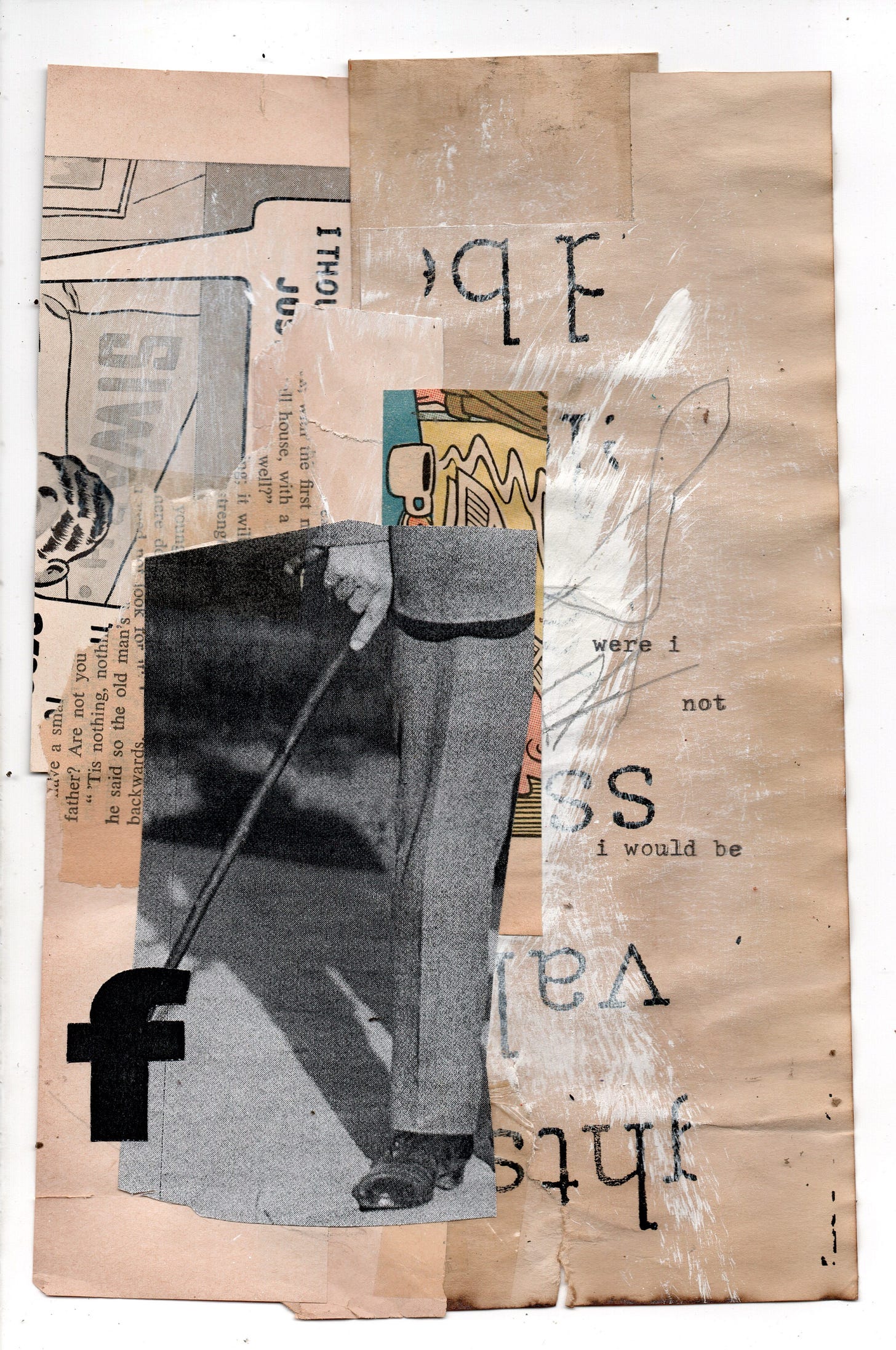The following is a fleshed out article based on a comment I make on Duane’s note about his studio set up. subscribe to his page at:
Elbow Room: Why Artists Should Live in Their Studios
If you need more working surface? Don’t overthink it - attach a big piece of plywood to the top of whatever surface you’ve got. That kind of resourcefulness has always been the lifeblood of the working artist. But at some point, you realize the problem isn’t just surfaces. It’s space itself. You can only rearrange the same few square feet so many ways before the walls close in. That’s when you need to start thinking differently.
Years ago, I made a pivotal decision about how I wanted to live as an artist. I stopped looking for a house that had a studio. Instead, I started looking for a house that was the studio—a studio that I could live in, sleep in, cook in, exist inside fully, without stepping out of the creative environment. That shift in thinking changed everything.
When I wake up, I’m already in the studio. No commute, no mental gear-shifting from "life mode" to "work mode." Just a seamless, fluid continuation of being in the same creative flow I went to sleep in. My living space became my practice—not just where I make art, but where the atmosphere, the layout, the physical space itself supports and sustains the art life.
Do I have a living room? NO! I have a painting studio.
Do I have a dining room? NO! I have a place I can eat on an hour a day and otherwise I have a work table where I can pack and ship from, make collages or drawings, read a book over coffee (research), Do business correspondence on my laptop.
Do I have a spare bedroom? NO! I have an office with a desktop computer, where I can write books and poetry and press releases and my journal and write articles to promote my art business and its reputation. Bookshelves for research materials, a large format printer to make photographs, prints or collage material.
Do I have ANY bedrooms? NO! I have storage space for art with beds in them.
Do I have a den? No! I have a collage studio with a couch in a corner and a big screen TV so I can do research on Youtube while I am making collages sitting on top of flat file cabinets full of my collages and works on paper .
Do I have a kitchen? No! I have an employee breakroom to make coffee and meals and a sink to wash my brushes so I can get back to work.
Do I have a two car garage? NO! I have a wet studio where I can slop around when I need to, gesso canvases, prep paper, a workshop to build stretchers or crates, etc, painting racks to keep my inventory in. Tool cabinets, big work table, all of my art and framing supplies, etc.
Do I have walls? No! I have places to store my art in plain sight so I can study it or use it for inspiration before it goes to market.
Do I have a yard? Who cares? I am working in the studio.
A lot of people assume big spaces are out of reach, but here’s a tip I learned early: rent prices often go down per square foot as the space gets bigger. Most people don’t think they can afford large spaces, so they never consider them. This puts a premium in the market on small apartments and condos. But the math often works out in your favor once you look a little higher up the market. A tiny apartment might seem cheaper by the month, but the cost per square foot is usually a lot higher, and the space is often less functional. Don’t get tricked by sticker price. Always calculate the cost per square foot price and how much of that space you can actually use to make art work and store supplies, tool and art inventory.
Also, look for spaces with a two-car garage or a backyard storage building. These are often treated as "bonus space" by landlords and aren't figured into the rent in the same way interior square footage is. But to an artist, that’s gold. Free work space. Extra storage. A place to make a mess. And if you’re selling work, you’ll need room to store it, pack it, and stage it. You can't do that in a closet.
Will it cost you more a month that a little apartment? Yes it will. BUT it is your studio and if you hope to make a living as an artist, its a business expense, hence, tax write off. Can’t afford the extra cost? Cut other things out of you budget. Space is critical.
It comes down to priorities. If you’re serious about building a sustainable creative practice, make space the foundation. Not metaphorically—literally. You need physical space to make physical work. Don’t be shy about taking up room in the world. Your work requires it. Your art life deserves it. Your future art business must have it. Artists are sophisticated manufacturing companies.





I lived in my studio for a few years, and it was the most formative period of my art making thus far. I look back on it all the time—and aim towards that kind of freedom again.
I can't go that far, my wife is tolerant, but not that tolerant. I still use one bedroom for studio, another as an office, and another for storage. Too much in store really, I have the same problem of getting into a gallery.